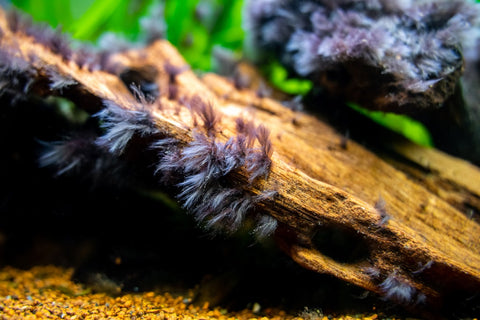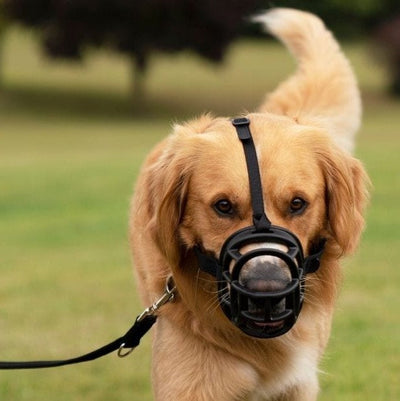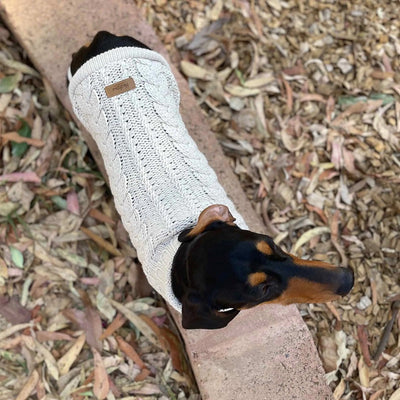 Are you struggling to keep black beard algae from taking over your beautiful aquarium? Black beard algae, also known as black brush algae and BBA for short, can be a persistent and frustrating problem for aquarium hobbyists.
Are you struggling to keep black beard algae from taking over your beautiful aquarium? Black beard algae, also known as black brush algae and BBA for short, can be a persistent and frustrating problem for aquarium hobbyists.
In this complete guide, we'll walk you through the causes of black beard algae, tips for preventing its growth, and effective methods for removing it from your tank.
Black beard algae are characterised by their bushy appearance and dark green or black colour. They can attach to virtually any surface in your aquarium, from rocks and driftwood to plants and even the glass itself. This stubborn algae can quickly take over your tank, affecting the health of your plants and fish if left untreated.
Understanding the causes of black beard algae is crucial in preventing its growth. Factors like excessive light, imbalanced nutrient levels, and poor water conditions can all contribute to its development. By optimising these conditions and implementing effective prevention measures, you can keep black beard algae at bay and maintain a healthy and thriving aquarium.
Whether you're a seasoned aquarist or just starting out, this guide has got you covered. Say goodbye to those pesky black beard algae and enjoy a pristine and algae-free aquarium.
What is black beard algae?
Black beard algae are characterised by their bushy appearance and dark green or black colour. They can attach to virtually any surface in your aquarium, from rocks and driftwood to plants and even the glass itself. This stubborn algae can quickly take over your tank, affecting the health of your plants and fish if left untreated. Understanding the nature of black beard algae is essential in combating its growth and ensuring the well-being of your aquatic ecosystem.
Causes of black beard algae in aquariums
To effectively tackle black beard algae, it's crucial to understand its causes. Several factors contribute to the growth of black beard algae in aquariums. Excessive light is one of the main culprits, as it provides the algae with the energy it needs to thrive. Imbalanced nutrient levels, such as high levels of phosphates and nitrates, can also fuel the growth of black beard algae. Additionally, poor water conditions, including low carbon dioxide levels and fluctuating pH, can create an environment that is conducive to the development of black beard algae.
The dangers of black beard algae
Black beard algae may seem harmless at first, but if left unchecked, they can pose serious threats to your aquarium's ecosystem. Their fast growth rate and ability to attach to various surfaces make them difficult to control. As they multiply, black beard algae can outcompete other plants in your tank for essential nutrients and block the light needed for photosynthesis. This can lead to the decline of your aquatic plants, affecting the overall balance of your aquarium and potentially harming the health of your fish.
How to prevent black beard algae in your aquarium
 Prevention is key when it comes to tackling black beard algae. By implementing the following preventive measures, you can significantly reduce the chances of black beard algae taking hold in your aquarium:
Prevention is key when it comes to tackling black beard algae. By implementing the following preventive measures, you can significantly reduce the chances of black beard algae taking hold in your aquarium:
1. Get your Lighting right: Adjust the intensity and duration of your aquarium lights based on the needs of your plants and fish. Avoid excessive light, as this can stimulate the growth of black beard algae.
2. Maintain Balanced Nutrient Levels: Regularly test and monitor the nutrient levels in your aquarium, ensuring that they are within the optimal range for your aquatic plants. Consider using fertilizers and supplements to provide the necessary nutrients while avoiding excesses.
3. Ensure Proper Water Circulation: Adequate water flow helps distribute nutrients and oxygen evenly throughout the tank, discouraging the growth of black beard algae. Use powerheads or circulation pumps to create gentle currents.
4. Control Carbon Dioxide Levels: Carbon dioxide is essential for plant growth, but excessive levels can promote the growth of black beard algae. Maintain a stable and appropriate carbon dioxide concentration by considering the use of CO2 injection systems or liquid carbon supplements.
5. Regular Maintenance: Perform routine aquarium maintenance, including water changes, substrate cleaning, and pruning of overgrown plants. This helps remove excess nutrients and detritus that can contribute to the growth of black beard algae.
Identifying black beard algae in your aquarium
 To effectively combat black beard algae, you must be able to identify it correctly. Black beard algae are often mistaken for other types of algae, such as hair algae or staghorn algae, due to their similar appearance. However, there are some distinguishable characteristics that can help you identify black beard algae:
To effectively combat black beard algae, you must be able to identify it correctly. Black beard algae are often mistaken for other types of algae, such as hair algae or staghorn algae, due to their similar appearance. However, there are some distinguishable characteristics that can help you identify black beard algae:
1. Bushy Appearance: Black beard algae form bushy, tuft-like structures that can be easily seen on various surfaces in your aquarium.
2. Dark Green or Black Colour: Unlike hair algae, which is usually green, black beard algae have a distinctively dark green or black colouration.
3. Stiff Texture: When touched, black beard algae feel stiff and wiry, similar to a brush or beard.
4. Attachment to Surfaces: Black beard algae attach firmly to surfaces and can be challenging to remove without proper techniques.
Removing black beard algae manually
If you notice the presence of black beard algae in your aquarium, it's essential to take immediate action to prevent its spread. Manual removal is one method that can be effective in tackling black beard algae:
1. Pruning: Trim affected leaves or parts of plants heavily infested with black beard algae. Remove as much of the algae as possible without damaging the healthy parts of the plant.
2. Scrubbing: Use a clean toothbrush or algae scrubber to gently scrub the affected surfaces, such as rocks, driftwood, or the aquarium glass. Be cautious not to scratch the glass or damage delicate plants.
3. Vacuuming: During water changes, use a gravel vacuum to remove any loose black beard algae from the substrate. This helps prevent the release of spores and further contamination. Using a gravel siphon to remove detritus from your substrate will help long term.
Using algaecide treatments to get rid of black beard algae
In severe cases or when manual removal methods are not sufficient, you may consider using algaecide treatments to eliminate black beard algae. Algaecides are chemical compounds specifically formulated to target and kill algae:
1. Choose the Right Algaecide: Select an algaecide that is suitable for your aquarium's needs, taking into consideration the type of fish and plants you have. Read and follow the instructions carefully to ensure safe and effective use.
2. Spot Treatment: Apply the algaecide directly to the affected areas, following the recommended dosage. Avoid overdosing, as this can harm your fish and plants. It's also important to isolate any treated plants or decorations to prevent the spread of the algaecide.
3. Water Changes: After the recommended treatment period, perform regular water changes to remove any residual algaecide and prevent chemical imbalances in your aquarium.
Maintaining a black beard algae-free aquarium
Once you have successfully removed black beard algae from your aquarium, it's important to maintain a healthy and algae-free environment. Consider the following practices to ensure the long-term prevention of black beard algae:
1. Regular Monitoring: Continuously monitor your aquarium's lighting, nutrient levels, and water conditions to prevent any imbalances that may encourage the growth of black beard algae.
2. Algae-Eating Fish and Invertebrates: Introduce algae-eating fish, such as Siamese algae eaters or nerite snails, to help control any potential algae growth. However, ensure that the species you choose are compatible with your existing fish and plants.
3. Balance Feeding: Avoid overfeeding your fish, as excess food can contribute to nutrient imbalances in your aquarium. Feed only the amount that can be consumed within a few minutes.
4. Regular Maintenance: Continue with regular aquarium maintenance, including water changes, substrate cleaning, and plant pruning, to prevent the buildup of excess nutrients and detritus.
While black beard algae can be problematic, it is best controlled by observing it early. Look for outbreaks, especially of your Co2 levels are unstable in your aquarium. It typically start as small black dots along the edge of a leaf.
© weknowpets 2024





